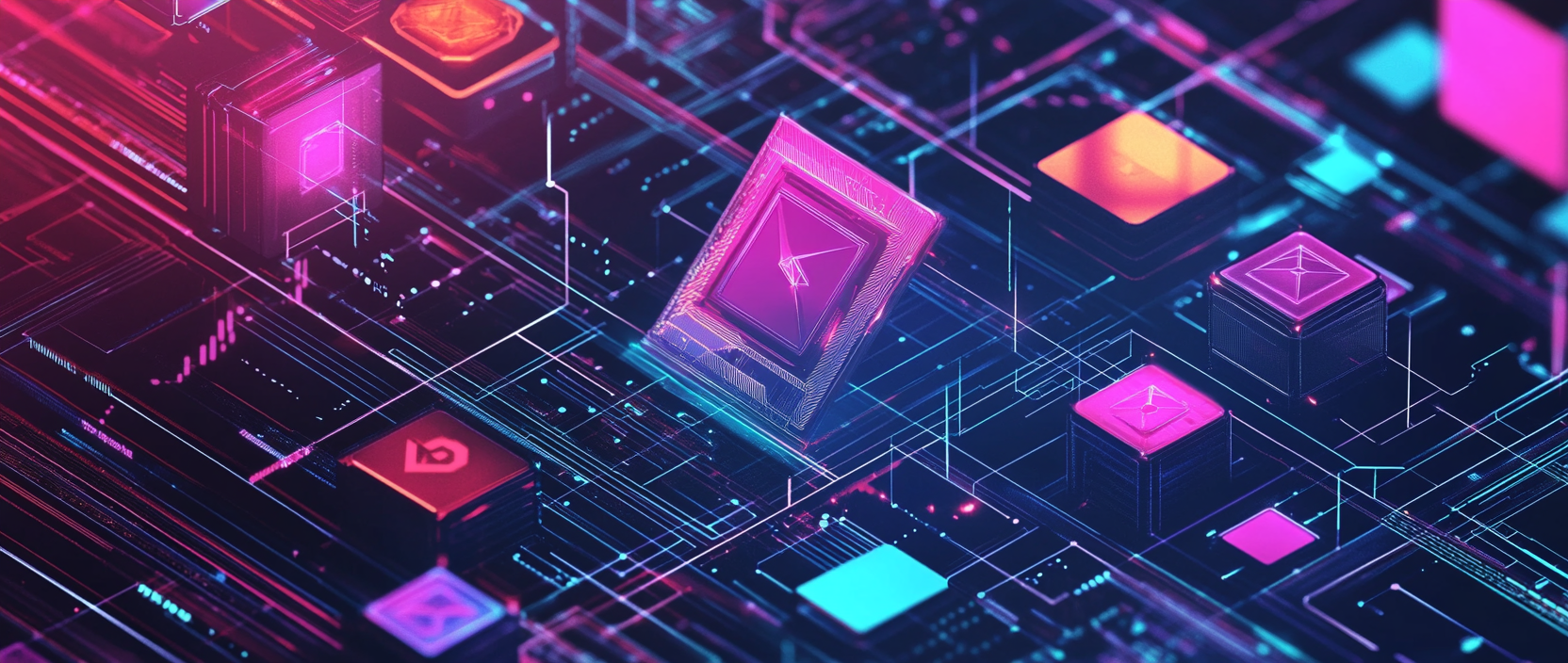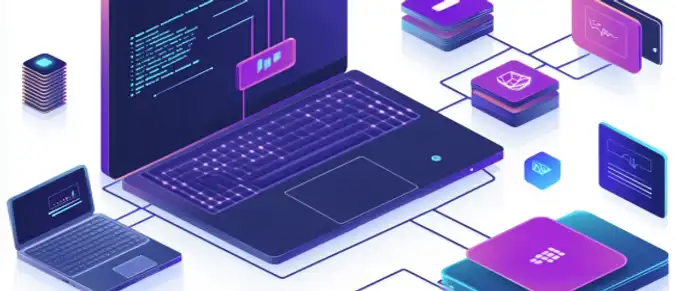dApps are software that operates on blockchain platforms, ensuring their independence and decentralization. In recent years, the tools and libraries for developing dApps have significantly evolved, providing developers with more opportunities to create robust, secure, and scalable solutions.
Content:
- Tools for Smart Contract Development
- Libraries for Blockchain Interaction
- Frameworks for dApp Interface Development
- Testing and Debugging Tools
- Conclusion

Tools for Smart Contract Development
One of the key aspects of dApp development is the creation of smart contracts. Today, there are numerous tools that simplify this process. Among the most popular are:
- Solidity — the most widely used programming language for developing smart contracts on the Ethereum platform. This language offers developers many opportunities to create complex and multifunctional contracts.
- Remix — an online IDE designed for writing, compiling, and debugging smart contracts in Solidity. Remix is one of the most convenient tools, especially for beginner developers.
- Truffle — a framework for developing, testing, and deploying smart contracts. Truffle provides integration with Ethereum and supports other blockchains.
These tools greatly simplify the process of creating and deploying smart contracts, providing developers with all the necessary functions for successful work.
Libraries for Blockchain Interaction
After creating smart contracts, it is necessary to organize interaction with the blockchain. For this, developers use special libraries that allow dApps to integrate with various blockchain networks:
Web3.js — the main library for interacting with Ethereum. Web3.js provides many functions for sending transactions, reading data from the blockchain, and working with smart contracts. Thanks to this library, developers can easily integrate their dApps with Ethereum and other compatible networks.
Ethers.js — an alternative library for interacting with Ethereum, focusing on simplicity and security. Ethers.js is lightweight and supports all the main functions of Web3.js, offering a more convenient API and improved TypeScript support.
These libraries enable developers to efficiently interact with blockchains, providing access to all the necessary functions for dApp operation.
Frameworks for dApp Interface Development
To create the user interface of dApps, developers use special frameworks that provide integration with blockchain networks and smart contracts:
| Framework | Description | Features |
|---|---|---|
| React | One of the most popular frameworks for web application development. | Flexibility, support for blockchain-related libraries. |
| Next.js | A framework based on React that provides server-side rendering and enhanced capabilities for dApps. | Suitable for creating complex dApps requiring high performance. |
| Vue.js | A lightweight and fast framework that can also be used for dApp development. | Simplicity and ease of use. |
These frameworks allow developers to create convenient and scalable interfaces for dApps, providing high performance and support for modern technologies.
Testing and Debugging Tools
Testing and debugging play a crucial role in the dApp development process. Fortunately, developers can take advantage of several powerful tools for these purposes:
Ganache — a local blockchain network that allows testing smart contracts and dApps in an isolated environment. Ganache provides developers with full control over the network, making it an ideal tool for debugging.
Hardhat — a modern development environment for Ethereum, which includes tools for testing, debugging, and deploying smart contracts. Hardhat supports integration with popular frameworks and libraries, such as Ethers.js and Web3.js.
Mocha — a testing framework for JavaScript, often used for writing tests for smart contracts and dApps. Mocha allows creating both simple and complex test scenarios, ensuring high code quality.
Conclusion
dApp development requires the use of various tools and libraries, each of which plays its unique role. Tools for creating smart contracts, libraries for blockchain interaction, frameworks for interface development, and testing tools are all integral parts of the dApp creation process. Understanding and skillful use of these tools enable developers to create powerful, secure, and scalable applications that meet modern requirements and standards.



